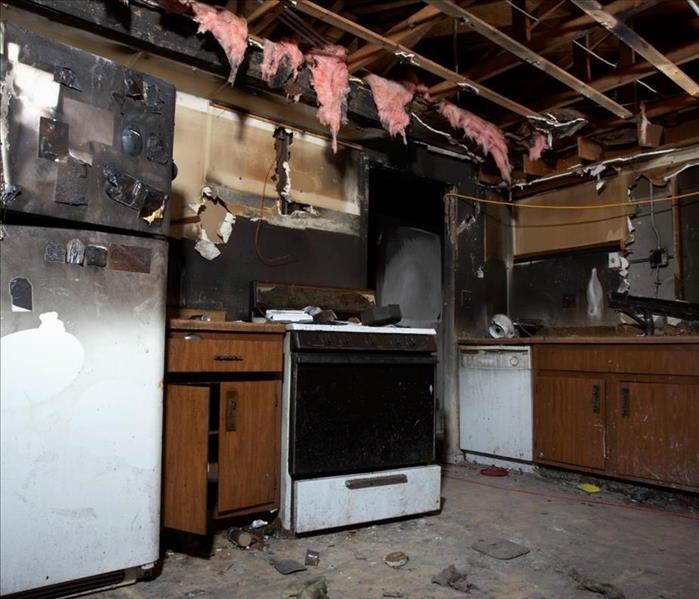Mistakes to Avoid When Making a Fire Claim
10/8/2024 (Permalink)
Dealing with a fire at your home or business isn’t just about the damage—it’s about tackling insurance claims, too. The process can be a real headache, especially when you're already emotionally and physically drained.
Understanding how fire claims work is key to getting the compensation you deserve. It’s easy to miss important details when you’re focused on cleanup, but those mistakes can end up costing you both time and money. With the right preparation, you can avoid the common issues that trip people up in these situations.
In this guide, we’ll walk you through the key steps to filing a fire claim and the common pitfalls to dodge. From immediate damage control to timely submissions, we’ve got you covered so you can focus on rebuilding and moving forward.
Getting a Handle on the Fire Claims Process
Fire damage can throw anyone for a loop, but knowing how the claims process works makes things smoother. Once fire damage hits, your first step is to notify your insurance company to get the ball rolling. They’ll want a list of everything that’s damaged.
An adjuster will come out to assess the damage, including the fire itself and any water damage from putting it out. Their job is to figure out what’s covered and how to handle the repairs. Keep receipts and document any emergency repairs or cleanup work you do—your insurance will want those.
Once approved, the funds will be released, and you can dive into the full restoration process. This might include things like soot and water damage removal, structural cleaning, and even mold remediation. Stay in touch with your insurance company throughout to keep things moving smoothly.
Here’s a quick checklist:
- Call your insurance company ASAP.
- Make a detailed list of damaged items.
- The adjuster will assess the damage.
- Prevent further damage and keep receipts for emergency repairs.
- Good communication with your insurance company will speed up the process.
Quick Action While Waiting for Help
If you’re waiting for restoration professionals to arrive, there are steps you can take to protect your property from further damage:
- Safety First: Ensure the building is safe before going inside.
- Ventilation: Open windows and doors to help clear out smoke and soot.
- Turn Off Utilities: Shut off water, gas, and electricity to prevent further damage.
- Save Valuables: If it’s safe, remove any valuable items to protect them from damage.
- Document Everything: Take photos and notes of all the damage for your claim.
Documenting Damage Thoroughly
After the fire is out and the dust settles, it’s time to start documenting. Grab your phone or camera and start taking pictures—lots of them. Get every angle of the rooms affected and snap individual items that are damaged. These photos will be key in proving the extent of the damage to your insurance company. A detailed inventory is also a must; list the items, their condition, and their estimated value.
Don’t Wait—Submit Your Claim Fast
The faster you submit your fire claim, the better. Insurance companies often scrutinize late claims, which can lead to delays or denials. Plus, the sooner you get that claim in, the quicker the restoration can begin, meaning less overall damage and a faster return to normal.
Secure the Property from Further Damage
Once the fire is out, make sure nothing else can make matters worse. This might mean boarding up windows, covering roof holes, or shutting off utilities to prevent water or weather damage.
Avoid Common Fire Claim Mistakes
A few missteps can cost you during the claims process. Here are some to watch out for:
- Missing Secondary Damage: Don’t overlook smoke or water damage when filing.
- Not Understanding Policy Limits: Make sure you know what’s covered and what’s not.
- Losing Receipts and Documentation: Keep track of every expense related to the damage and repairs.
Conclusion: Best Practices for a Smooth Claim
Handling a fire claim isn’t easy, but following the right steps makes it smoother. Working with professionals like SERVPRO Team Weaver ensures the process is handled efficiently and correctly. They’ll handle everything from cleanup to restoration, keeping your insurance company in the loop and making sure your property gets back to its pre-fire state.
Call SERVPRO® today at (814)472-0800!

 24/7 Emergency Service
24/7 Emergency Service
